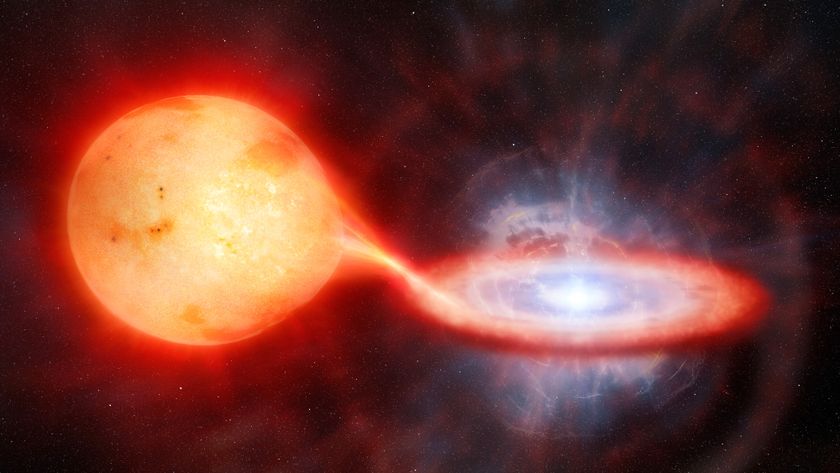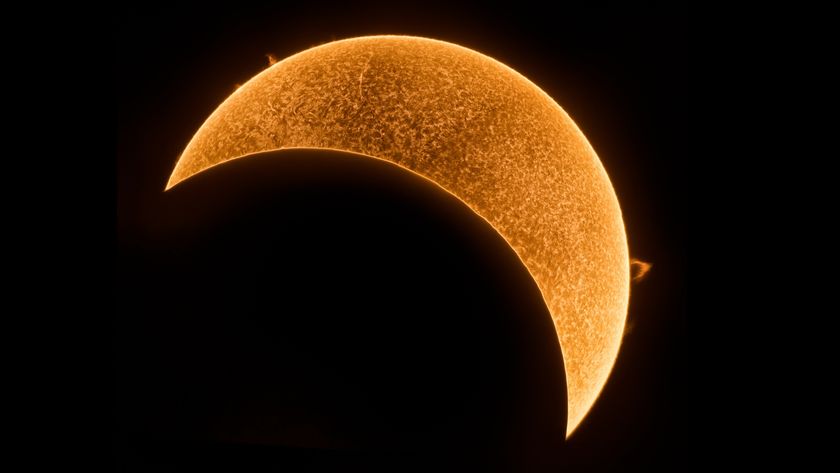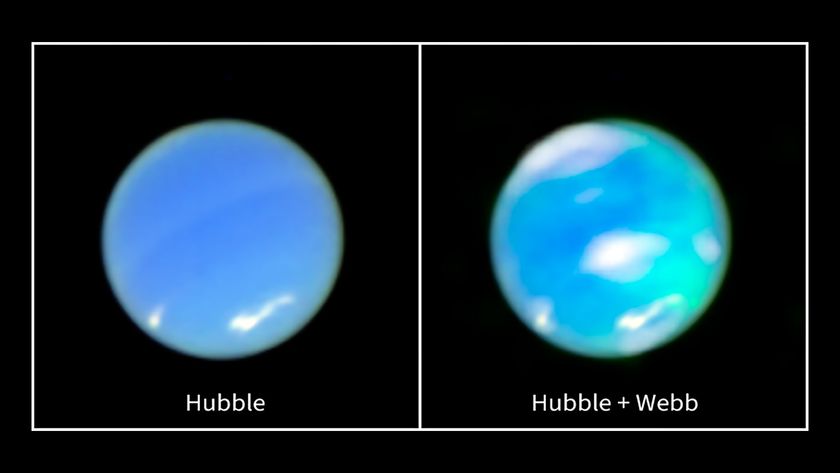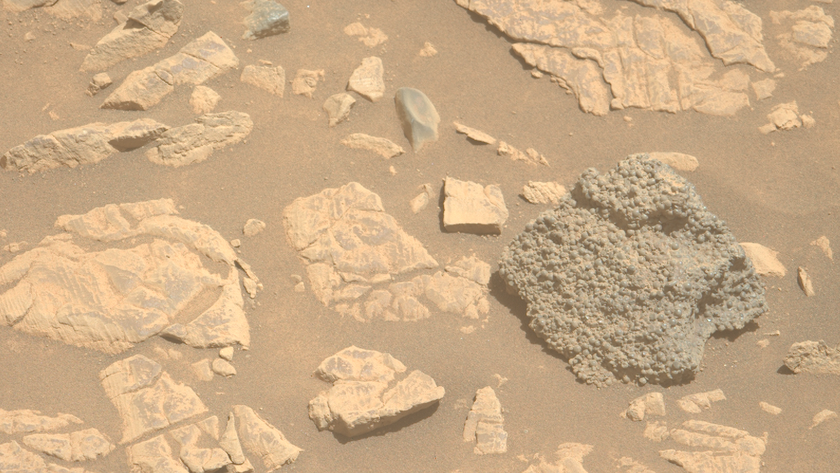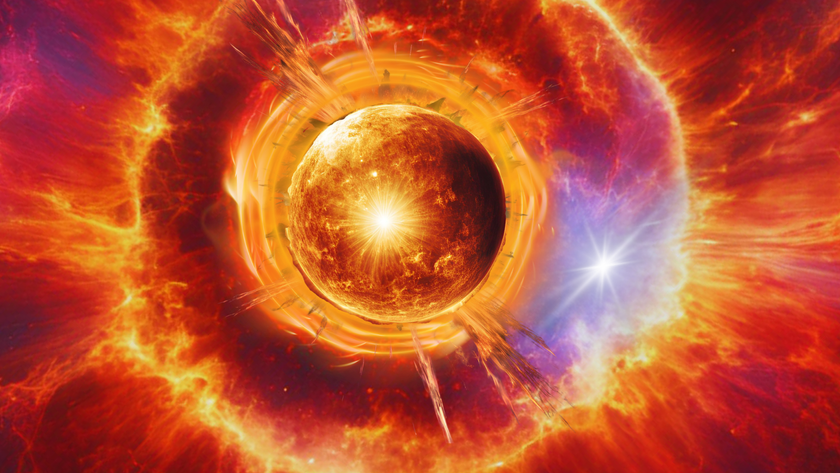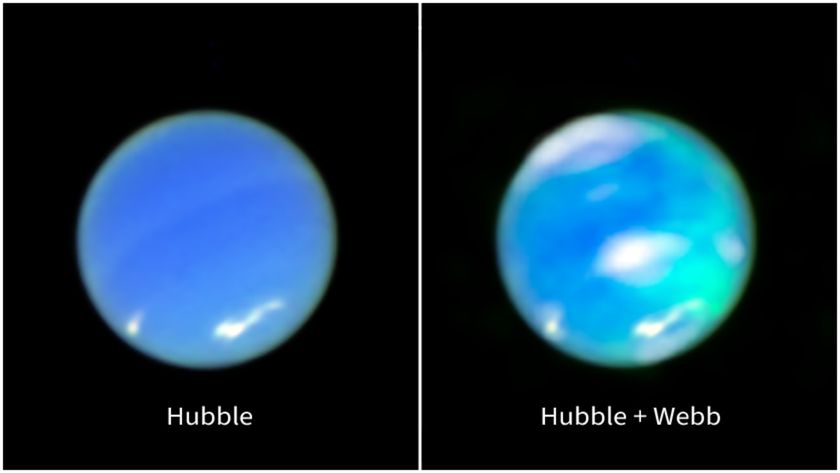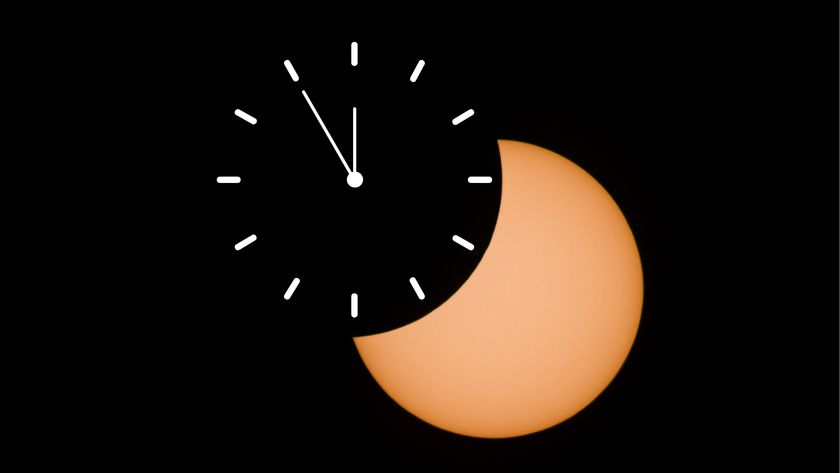Promising Perseid Meteor Shower Peaks on Sunday
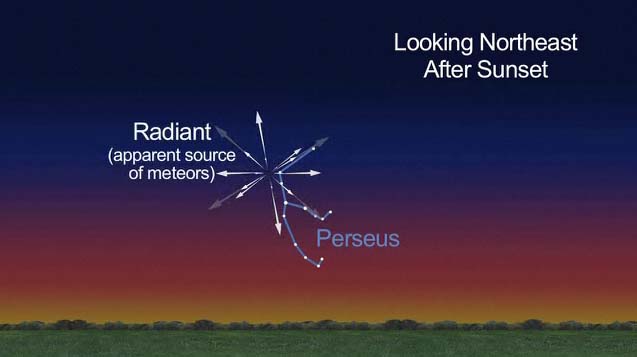
UPDATE (Aug. 16): The Perseid meteor shower of 2012 wowed skywatchers around the world over the weekend. You can see our full gallery of the 2012 Perseids here: Amazing Perseid Meteor Shower Photos of 2012
One of the most pleasant treats on a warm summer night is to lie out under a starry sky and try to see a few shooting stars, or meteors. Luckily, right now is a great time to try to see meteors in the night sky.
Any night this week you will have a good chance of seeing the annual Perseid meteor shower. These objects are tiny bits of rock and debris from an old comet, which is named Swift-Tuttle after the astronomers who discovered it in 1862.
Every year in early August, Earth passes through the comet Swift-Tuttle's orbit and sweeps up some of this debris. As the tiny rocks encounter the thin upper atmosphere of the Earth, the air is heated to incandescence and we see a rapid streak of light.
While you can see the Perseids any night this week, your chances will be better after local midnight (1 a.m. if you're on daylight saving time) on any particular night, and your chances will be best on Saturday night (Aug. 11) and Sunday morning (Aug. 12), because that's when we will be in the center of the comet track.
How do you best observe a meteor shower? Dress warmly, because you will be lying out in the cold, and it can get cold, even in August. Find a spot shielded from stray light, including the moon, which will be rising in the east in the wee hours of the morning. Stretch out on a lawn chair. A blanket may help to keep away the chill and dew. [Amazing Perseid Meteor Shower Photos]
At first you will just see the stars: enjoy the view while your eyes are getting adapted to the dark. You don't have to look in any particular direction.
Get the Space.com Newsletter
Breaking space news, the latest updates on rocket launches, skywatching events and more!
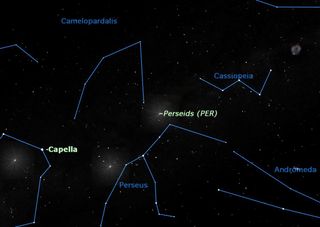
The Perseids get their name from Perseus, the constellation from which they seem to emanate, but they can appear anywhere in the sky. Their only connection with Perseus is that, if you trace their path backward across the sky, eventually you get to Perseus.
I like to watch the sky about 90 degrees away from the radiant, the point in Perseus from which the meteors seem to radiate. (Remember that your clenched fist held at arm’s length measures roughly 10 degrees.) The meteors seem to be brightest and longest at this point, and this week it will be toward the southeastern sky.
If you don't see any meteors at first, be patient. This is a meteor shower, not a meteor storm. There will be a lot more meteors than you would see on a normal night, but they will still only come at random intervals, perhaps 20 or 30 in an hour.
When you do see a meteor, it will likely be very fast and at the edge of your field of vision. You may even doubt that what you saw was real. But, when you do see something, watch that area more closely, as two or three meteors often come in groups down the same track.
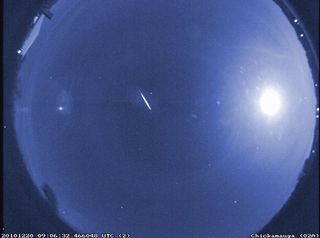
It's fairly easy to photograph meteors with a digital camera. Put the camera in manual mode, and focus it at infinity. Set the zoom lens to its widest setting, and close the aperture down to f/5.6. Open the shutter for 5 to 10 minutes. This will be long enough that the stars will trail in circles while the meteors will be straight lines. Then, once again, be patient. If you are lucky enough to capture a Perseid, be sure to send your picture along to us.
Editor's note: If you snap an amazing photo of the 2012 Perseid meteor shower that you'd like to share for a possible story or image gallery, send images and comments (including name and location) to managing editor Tariq Malik at tmalik@space.com.
This article was provided to SPACE.com by Starry Night Education, the leader in space science curriculum solutions. Follow Starry Night on Twitter @StarryNightEdu.
Join our Space Forums to keep talking space on the latest missions, night sky and more! And if you have a news tip, correction or comment, let us know at: community@space.com.

Geoff Gaherty was Space.com's Night Sky columnist and in partnership with Starry Night software and a dedicated amateur astronomer who sought to share the wonders of the night sky with the world. Based in Canada, Geoff studied mathematics and physics at McGill University and earned a Ph.D. in anthropology from the University of Toronto, all while pursuing a passion for the night sky and serving as an astronomy communicator. He credited a partial solar eclipse observed in 1946 (at age 5) and his 1957 sighting of the Comet Arend-Roland as a teenager for sparking his interest in amateur astronomy. In 2008, Geoff won the Chant Medal from the Royal Astronomical Society of Canada, an award given to a Canadian amateur astronomer in recognition of their lifetime achievements. Sadly, Geoff passed away July 7, 2016 due to complications from a kidney transplant, but his legacy continues at Starry Night.




